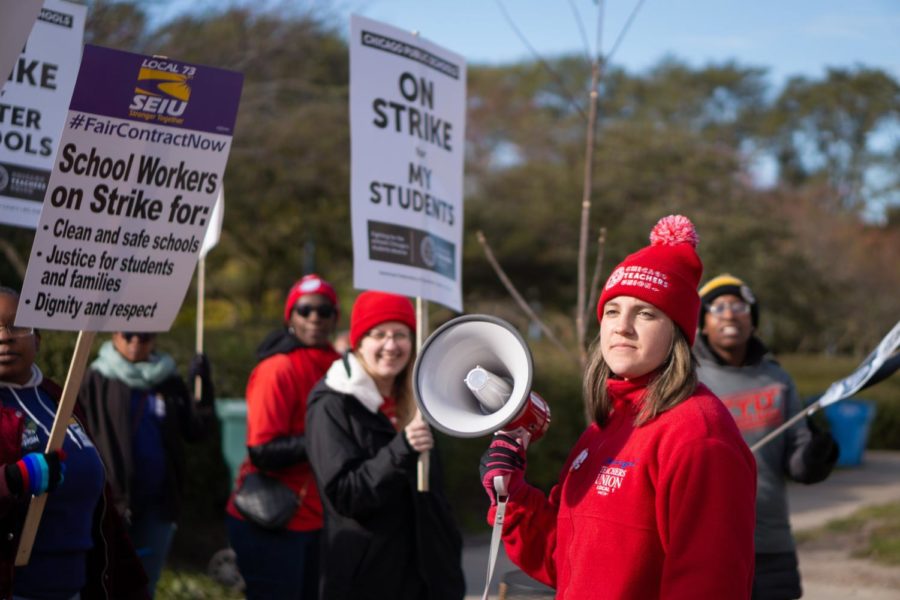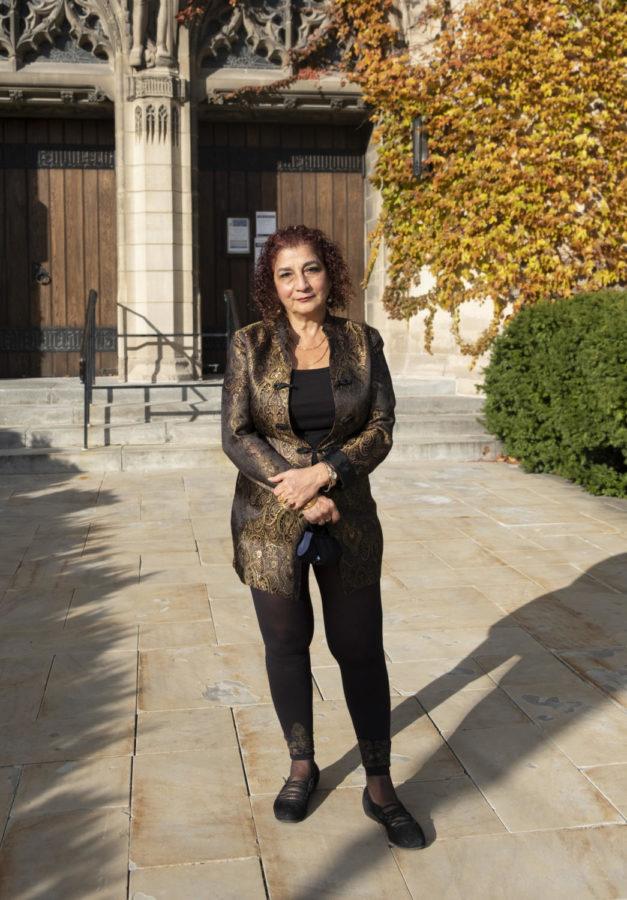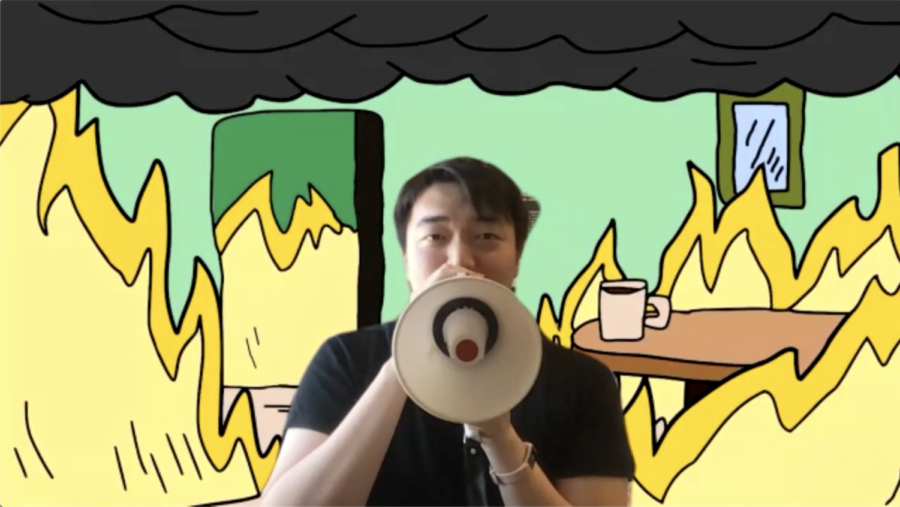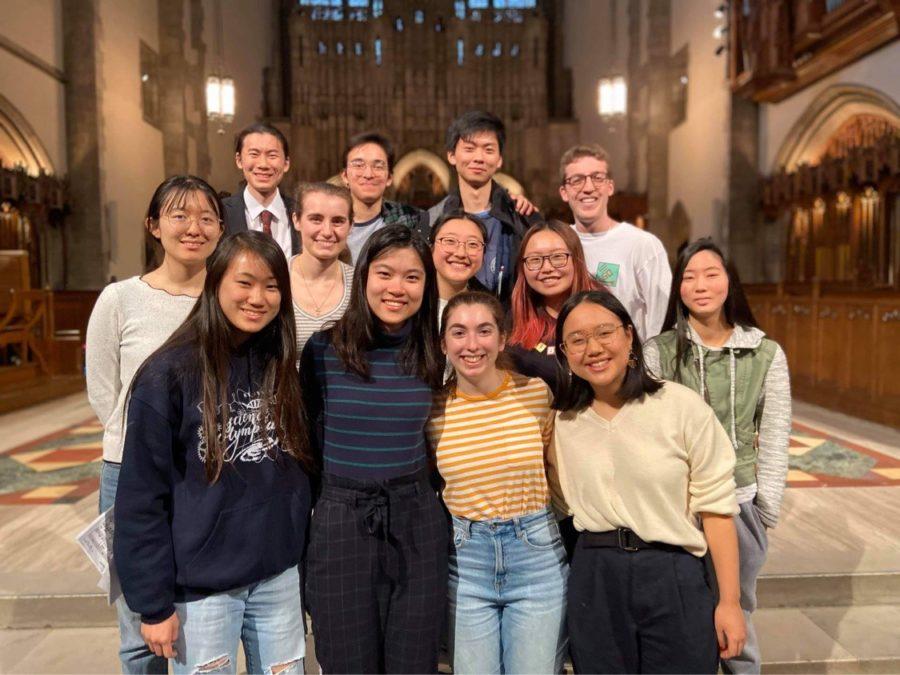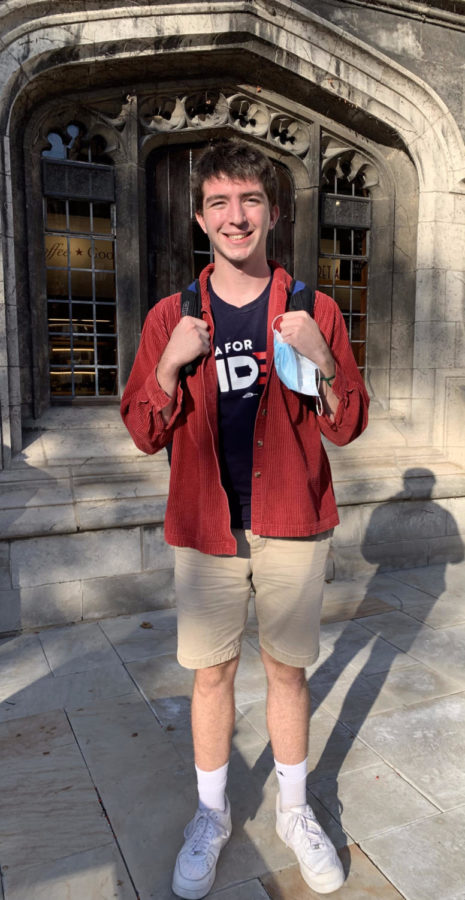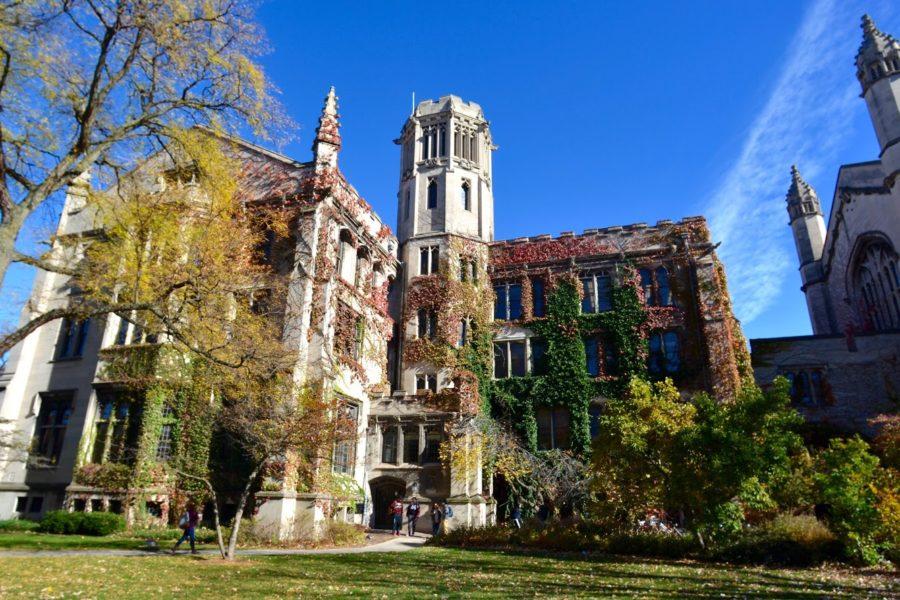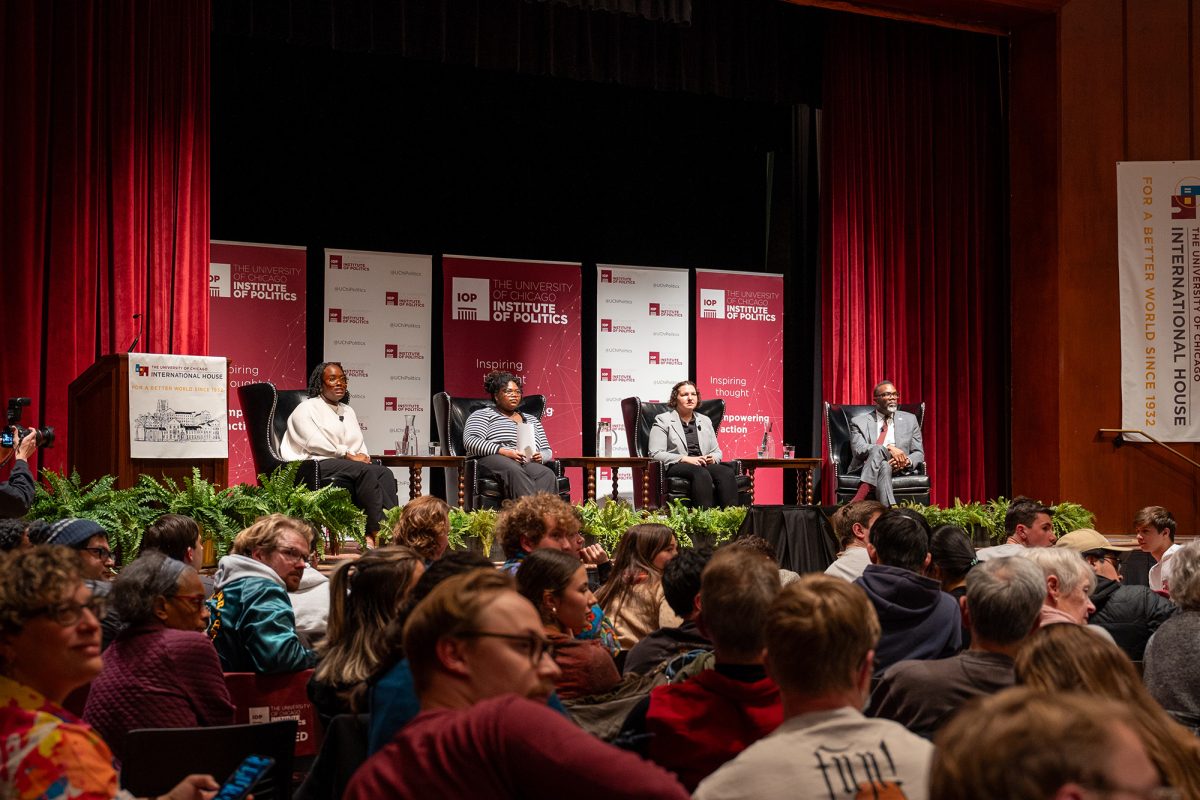Earlier this month, after weeks of negotiations, Chicago Teachers Union (CTU) and Chicago Public Schools (CPS) finally reached an agreement for returning to in-person instruction. But this news caps a tumultuous year for students, parents, and teachers who have had to adjust to remote learning.
CPS’ response to the COVID-19 pandemic began on March 17, 2020, when the school system closed for two weeks in accordance with the statewide stay-at-home order. On March 30, CPS announced its remote learning plan, which included modifications to grading policies and regularly scheduled office hours for teachers. CPS also provided thousands of laptops and iPads, grab and go meals, and high-speed internet for students. In April, CPS decided that remote learning would continue through the end of the school year.
On August 5, 2020, CPS announced that the first quarter of the 2020–21 year would be remote. The announcement emphasized that online learning in the fall would be more structured than it had been in the spring, aiming to engage students for “the entirety of a typical school day” through both live instruction and independent study.
Scott Witherspoon, whose son is a sophomore at Kenwood Academy, has noticed a clear difference in his son’s schooling since the new school year began. In the spring of 2020, he said, “things were new, in terms of adjusting to COVID. People were scrambling to figure things out. But from a learning standpoint, this school year has been like night and day. Teachers have been much more organized with remote learning.”
In December of 2020, CPS announced their intention to resume in-person instruction on January 11, with increased COVID precautions including air purifiers, social distancing, contact tracing, and cleaning measures. The CTU protested, claiming that these policies were not enough to protect students and teachers. CTU members voiced concerns about a lack of PPE and cleaning supplies provided. Many also argued that their classrooms were significantly larger than the spaces that the air filters were designed for.
In spite of these concerns, CPS schools officially reopened on January 11, 2021, though approximately 150 CTU teachers refused to return to their classrooms. In response, CPS suspended those teachers’ pay and locked them out of their Google Classroom accounts. On January 28, CPS returned to remote learning due to the number of teachers staying home.
CPS and CTU repeatedly met for negotiations throughout the last week of January and first week of February. CPS defended its decision to return to in-person instruction, emphasizing their adherence to federal, state, and city-wide health and safety standards. CTU argued that CPS had not supplied basic health and safety supplies for classrooms. They asked that educators have the option to continue teaching remotely, at least until more teachers are able to get the vaccine, and threatened to strike if their demands were not met.
While opinions on the issue are wide-ranging, some recent polling suggests that a majority of parents are hesitant about resuming in-person instruction. Witherspoon said that many parents’ long-standing distrust of the school system has made them sympathetic to CTU’s demands.
“CPS doesn’t have a good reputation with being transparent and honest with the community,” he said. “The community has felt the brunt of that over the years. I don’t think that CPS has made enough investment to make sure that classrooms are safe.”
Still, students in grades Pre-K–8 were set to return to in-person classes on Thursday, February 11, per the agreement CPS and CTU reached earlier this week. The agreement included provisions for vaccinating thousands of teachers and a benchmark for the COVID test positivity rate at which CPS would switch to online learning. The deal did not include a plan for high schoolers to return to schools. Union leaders have warned that another standoff is possible if CPS refuses to listen to teachers’ concerns.



